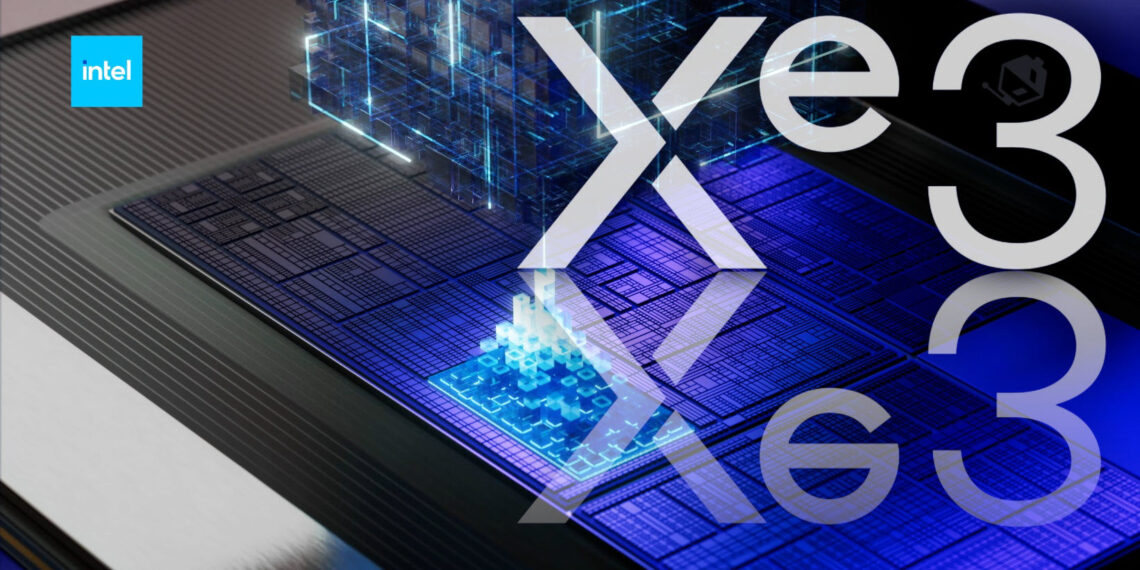Intel’s upcoming Panther Lake processors have surfaced in Geekbench benchmarks, revealing impressive integrated graphics capabilities. The Core Ultra X7-358H, spotted in an ASUS ROG Zephyrus G14 laptop, features 12 Xe3 GPU cores that deliver performance approaching entry-level discrete graphics cards. This leak provides the first real-world glimpse of Intel’s next-generation mobile processors built on the advanced 18A manufacturing node.
Table of Contents

Intel Core Ultra X7-358H Delivers Major GPU Boost
The leaked benchmark shows the Core Ultra X7-358H achieving scores around 52,014 points in Geekbench’s OpenCL test. This performance places Intel’s integrated graphics remarkably close to NVIDIA’s GeForce RTX 3050 mobile GPU, which typically scores around 54,000 points. The chip features a 16-core CPU configuration with 4 Performance-cores, 8 Efficient-cores, and 4 Low-Power Efficient-cores, boosting up to 4.8 GHz.
| Core Ultra X7-358H Specs | Details |
|---|---|
| Architecture | Panther Lake (18A node) |
| CPU Cores | 16 (4P + 8E + 4LP) |
| GPU Cores | 12 Xe3 cores |
| Boost Clock | Up to 4.8 GHz |
| GPU Clock | 2.5 GHz |
| Expected Launch | January 2026 |

Impressive Performance Gains
Compared to Intel’s current Arrow Lake-H Arc 140T integrated graphics, the Xe3 GPU shows approximately 25% improvement. The most dramatic gains appear when comparing different Xe3 configurations—the 12-core setup demonstrates up to 92% better performance than 8-core Xe2 implementations, showcasing Intel’s architectural improvements.
The integrated graphics also perform comparably to Intel’s Arc A550M discrete GPU and score roughly 7% faster than AMD’s Radeon 890M. When compared to Lunar Lake’s Arc 140V, the performance gap ranges from 49% to over 70% depending on power configurations, representing a significant generational leap.

Real-World Implications
While OpenCL benchmarks don’t perfectly reflect gaming performance, these results suggest Intel’s Xe3 graphics can handle esports titles and light gaming without dedicated GPUs. The 16 GB of shared system memory allocation provides ample resources for graphics-intensive tasks, content creation, and AI workloads.
These benchmarks likely come from engineering samples with pre-release drivers, meaning final performance could improve further. The “X” designation signifies a premium variant with maximum 12 Xe3 GPU cores, distinguishing it from standard configurations.
Intel plans to begin shipping Panther Lake processors in late 2025, with retail availability expected in January 2026. These processors will compete directly with AMD’s upcoming mobile chips and represent Intel’s push to regain competitiveness in laptop markets. Learn more at Intel’s official website and explore hardware coverage on Technosports.
FAQs
How much faster is the Xe3 GPU compared to previous Intel graphics?
The 12-core Xe3 shows 25% improvement over Arrow Lake and up to 92% better performance than 8-core Xe2 setups.
When will Intel Panther Lake processors launch?
Intel plans retail availability beginning January 2026, with shipping starting late 2025.








